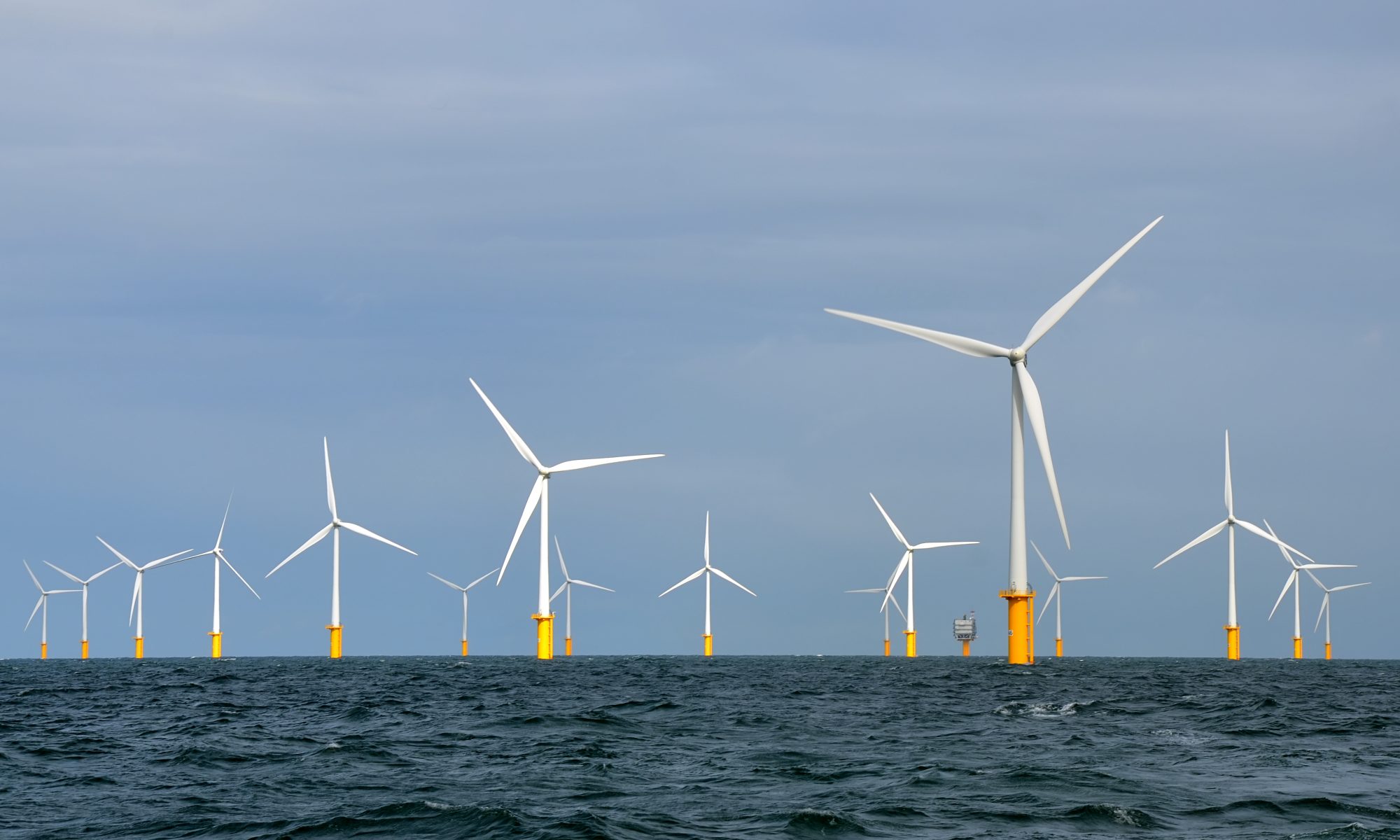D’ici fin 2020, 399 éoliennes offshore auront été installées dans la partie belge de la mer du Nord. Au cours de la dernière décennie, les scientifiques ont surveillé leur impact sur l’environnement marin. À l’occasion de la Journée mondiale du vent 2020, les partenaires scientifiques et l’A.S.B.L. Belgian Offshore Platform résument ce que nous avons appris sur les effets à long terme, des invertébrés des fonds marins et poissons aux oiseaux et mammifères marins. Les impacts environnementaux des parcs éoliens offshore ne sont ni noirs ni blancs : les fondations créent divers récifs d’invertébrés des fonds marins autour des turbines mais ne constituent pas une alternative équivalente aux substrats durs naturels riches en espèces, les parcs éoliens attirent certaines espèces d’oiseaux mais en dissuadent d’autres, l’impact sonore sur les marsouins existe mais est de courte durée, les parcs éoliens offshore profitent localement à la faune piscicole et n’ont pas d’influence négative sur la pêche. Ces connaissances nuancées permettent de déclencher l’atténuation des impacts indésirables et de promouvoir les impacts jugés bons en vue d’un développement maximal des parcs éoliens en mer, respectueux de l’environnement.
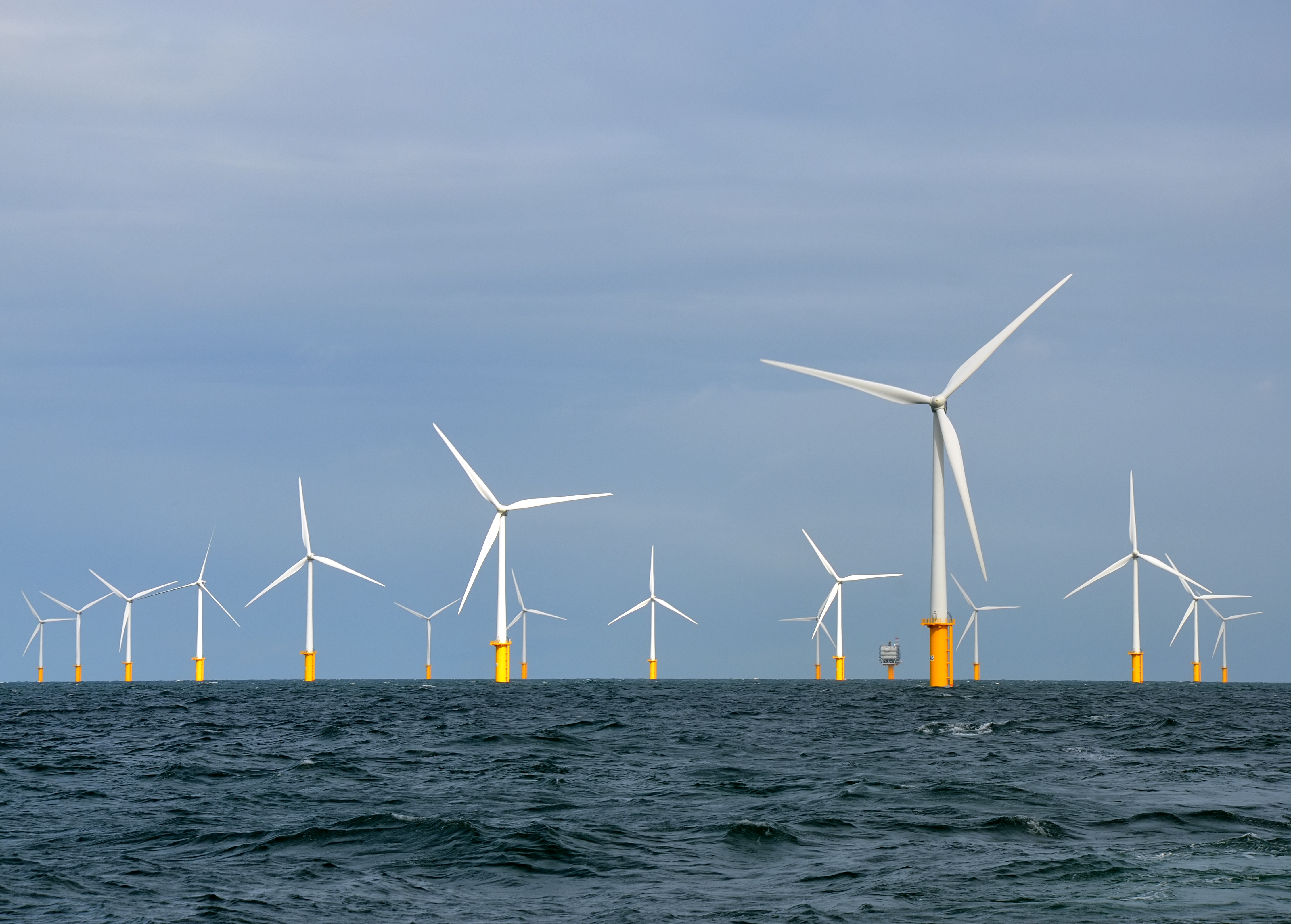
L’énergie éolienne offshore en Belgique
La Belgique est un leader mondial de l’industrie éolienne offshore. Dans une première phase, une zone de 238 km² a été réservée à la construction de parcs éoliens le long de la frontière avec les Pays-Bas. A partir de 2008, 341 éoliennes d’une capacité de production totale de 1775 MW ont été construites dans cette zone, regroupées en sept parcs éoliens. Les six premiers parcs ont produit 4,6 TWh d’électricité en 2019, ce qui représente environ 6 % de la consommation totale d’électricité de la Belgique. Le septième parc éolien est opérationnel depuis mai 2020, et un huitième parc commencera à produire de l’énergie au cours du second semestre 2020, portant le nombre total de turbines à 399. La capacité de production passera alors à 2262 MW et la production d’une moyenne de 8 TWh, soit environ 10 % de la demande totale d’électricité de la Belgique. Une deuxième zone éolienne de 281 km² près de la frontière française est établie dans le nouveau Plan d’Aménagement des Espaces Marins 2020-2026. Cette zone vise à ajouter un minimum de 2 000 MW à la capacité totale de production d’énergie éolienne offshore de la Belgique.
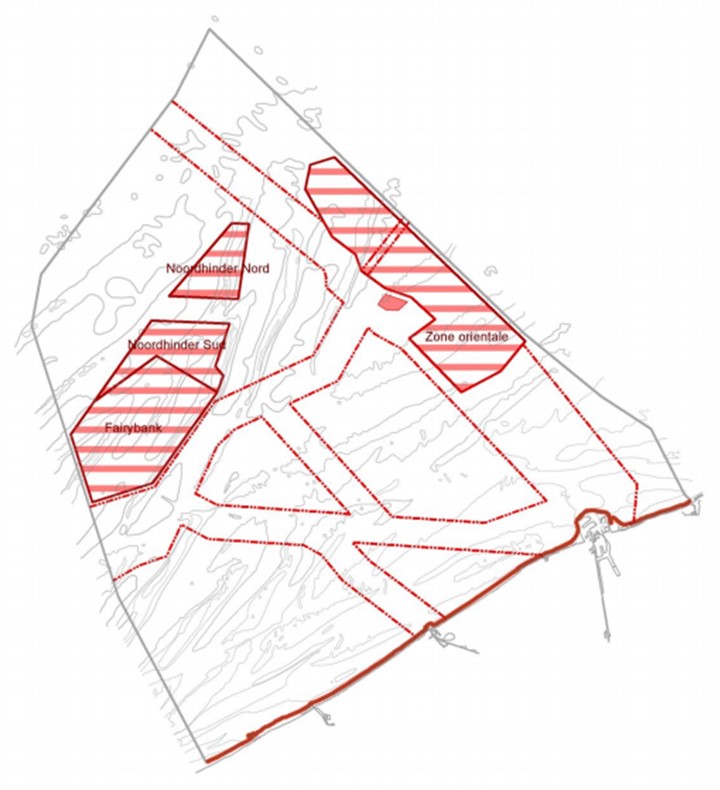
Au cours de la dernière décennie de construction de parcs éoliens offshore, la technologie et les pratiques de construction ont changé de manière radicale. Les changements comprennent une évolution des types de fondations (des fondations gravitaire et jacket aux éoliennes monopieux XL), une extension de la zone de construction vers des eaux plus profondes et une augmentation de la taille et de la capacité des éoliennes (de 3 MW avec un diamètre de rotor de 90 m à 9,5 MW avec un diamètre de rotor de 164 m).

Surveillance de l’impact écologique
Comme l’installation d’éoliennes en mer a inévitablement un certain impact écologique, les promoteurs n’ont pas seulement besoin de concessions de domaine, mais aussi d’un permis environnemental. Celles-ci ne seront délivrées que si une évaluation basée sur les connaissances actuelles montre que l’impact d’un parc éolien sur l’environnement marin est estimé acceptable. Un programme de surveillance est également imposé, qui évalue si les prévisions étaient correctes et si certains effets environnementaux ont été négligés ou doivent être soumis à des conditions environnementales appropriées.
Annemie Vermeylen, secrétaire générale de la Belgian Offshore Platform, l’association (sans but lucratif) des investisseurs et des propriétaires de parcs éoliens dans la partie belge de la mer du Nord, explique pourquoi et comment le secteur est impliqué : « La production d’énergie éolienne offshore fait partie de la transition vers la production d’énergie durable et verte, qui est largement soutenue par la société. Afin de pouvoir utiliser le terme ‘durable’, les exploitants de parcs éoliens contribuent au financement de la recherche scientifique sur l’impact des parcs éoliens sur l’environnement marin ».
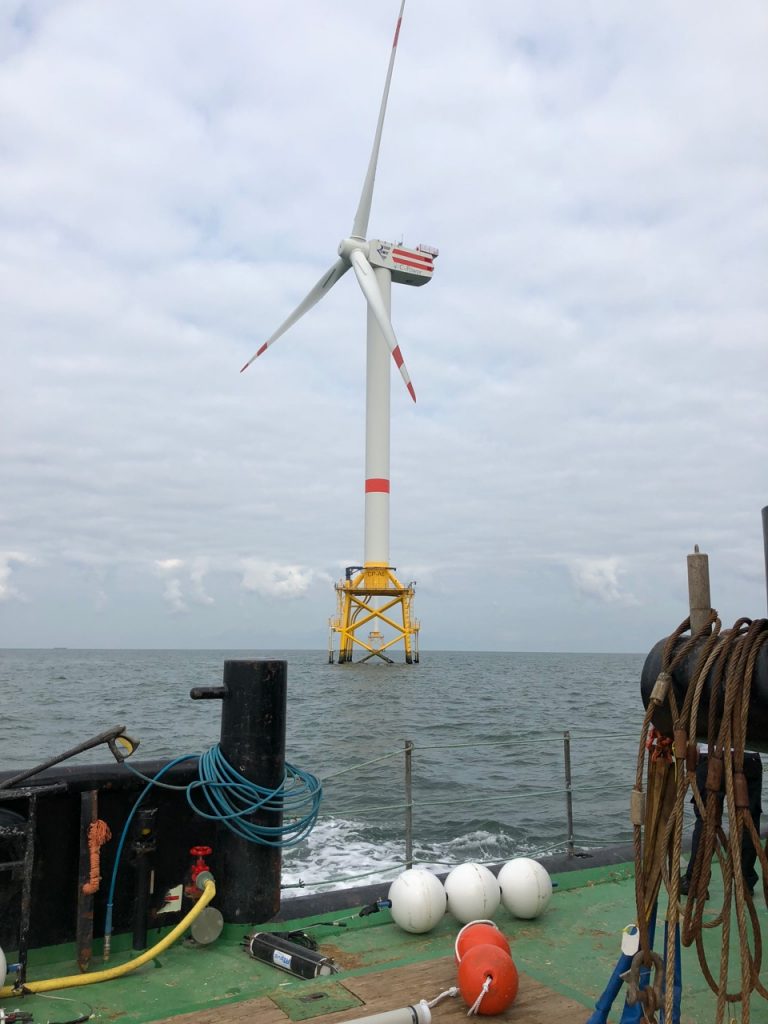
Le programme de surveillance WinMon.BE a évalué dès le départ l’impact environnemental des phases de construction et d’exploitation des parcs éoliens offshore belges. « Avec ce programme, nous développons une bonne compréhension de l’impact de l’industrie éolienne offshore. Nous apprenons à faire la distinction entre les effets à court et à long terme, et nous avons une meilleure idée de l’impact de chaque éolienne et de tous les parcs éoliens combines », déclare Steven Degraer de l’Institut royal des Sciences naturelles de Belgique, coordinateur de WinMon.BE. « Afin de comprendre l’impact cumulé des parcs éoliens dans le sud de la mer du Nord, nous devons également regarder au-delà de nos frontières. Par exemple, 344 km² sont réservés à la construction de parcs éoliens dans la zone néerlandaise adjacente de Borssele, et 122 km² dans la zone française de Dunkerque, alors que la faune marine ne connaît pas de frontières nationales », ajoute M. Degraer.
Les effets sont divers
Comme WinMon.BE a évolué pour devenir la base de la compréhension des effets des parcs éoliens offshore à différentes échelles spatiales et temporelles, sur une variété de composants de l’écosystème (des invertébrés des fonds marins aux poissons, en passant par les oiseaux et les mammifères marins) et aussi sur le fond marin lui-même, il est difficile de résumer l’impact comme étant positif ou négatif. La série de rapports WinMon.BE décrit en détail tous les résultats de dix ans de surveillance des parcs éoliens offshore dans la partie belge de la mer du Nord. Les principaux enseignements tirés sont les suivants :
- L’impact est souvent spécifique aux sites, aux types de fondations ou même aux turbines individuelles
Cela souligne l’importance d’une surveillance continue sur les différents sites et types de turbines.
- Les fondations ne sont pas une alternative à long terme pour les substrats durs naturels riches en espèces
Il existe trois stades de succession dans les communautés d’encrassement sur les fondations des éoliennes. Les rapports précédents décrivant les fondations comme hotspots de la biodiversité font généralement référence au deuxième stade, riche en espèces (caractérisé par un grand nombre de suspensivores, comme le petit crustacé amphipode Jassa herdmani), mais la surveillance continue montre maintenant qu’un troisième stade, peut-être le stade climax, suit. La diversité des espèces y est moins grande, l’anémone plumeuse et la moule commune étant les espèces dominantes.
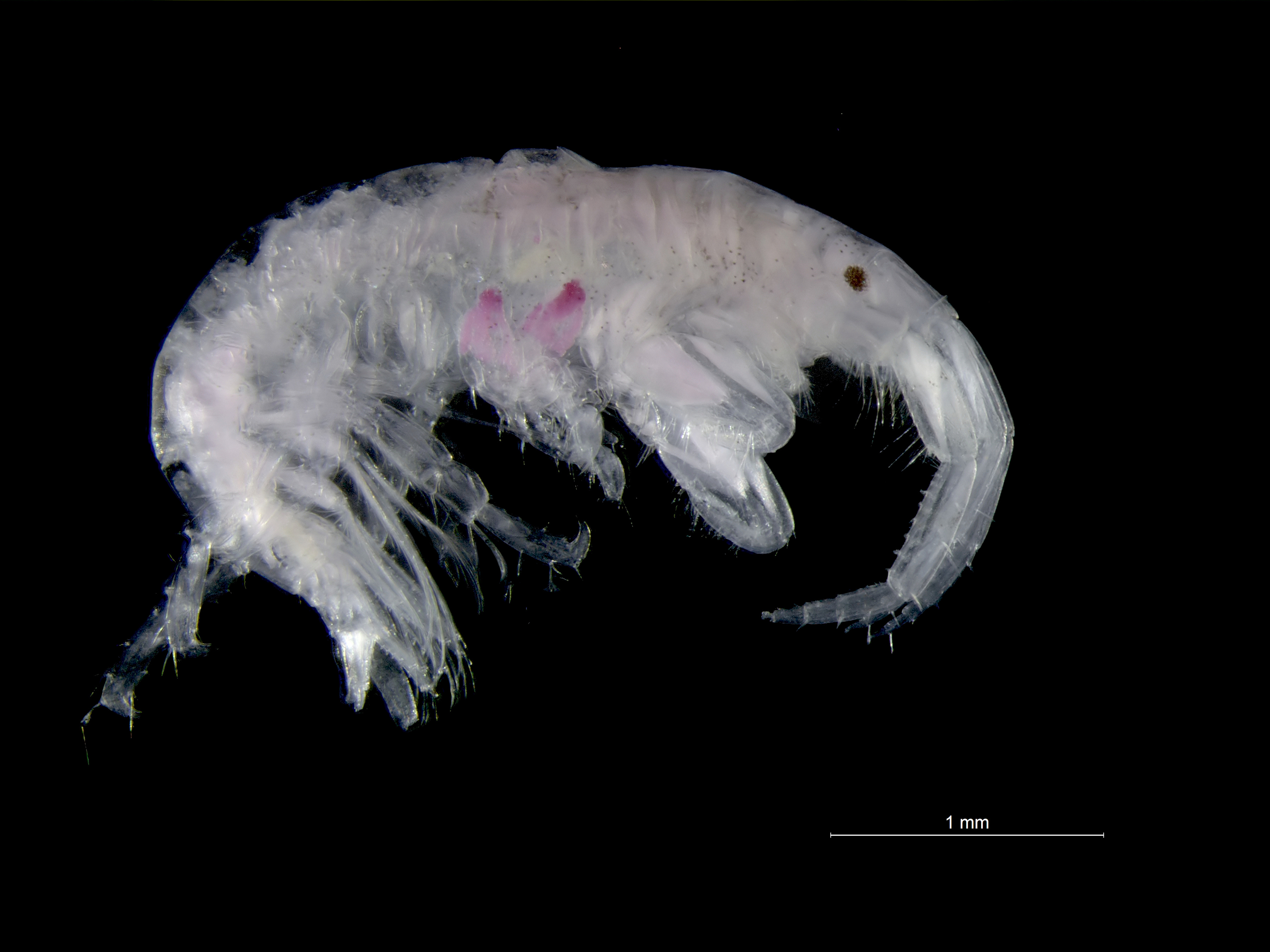
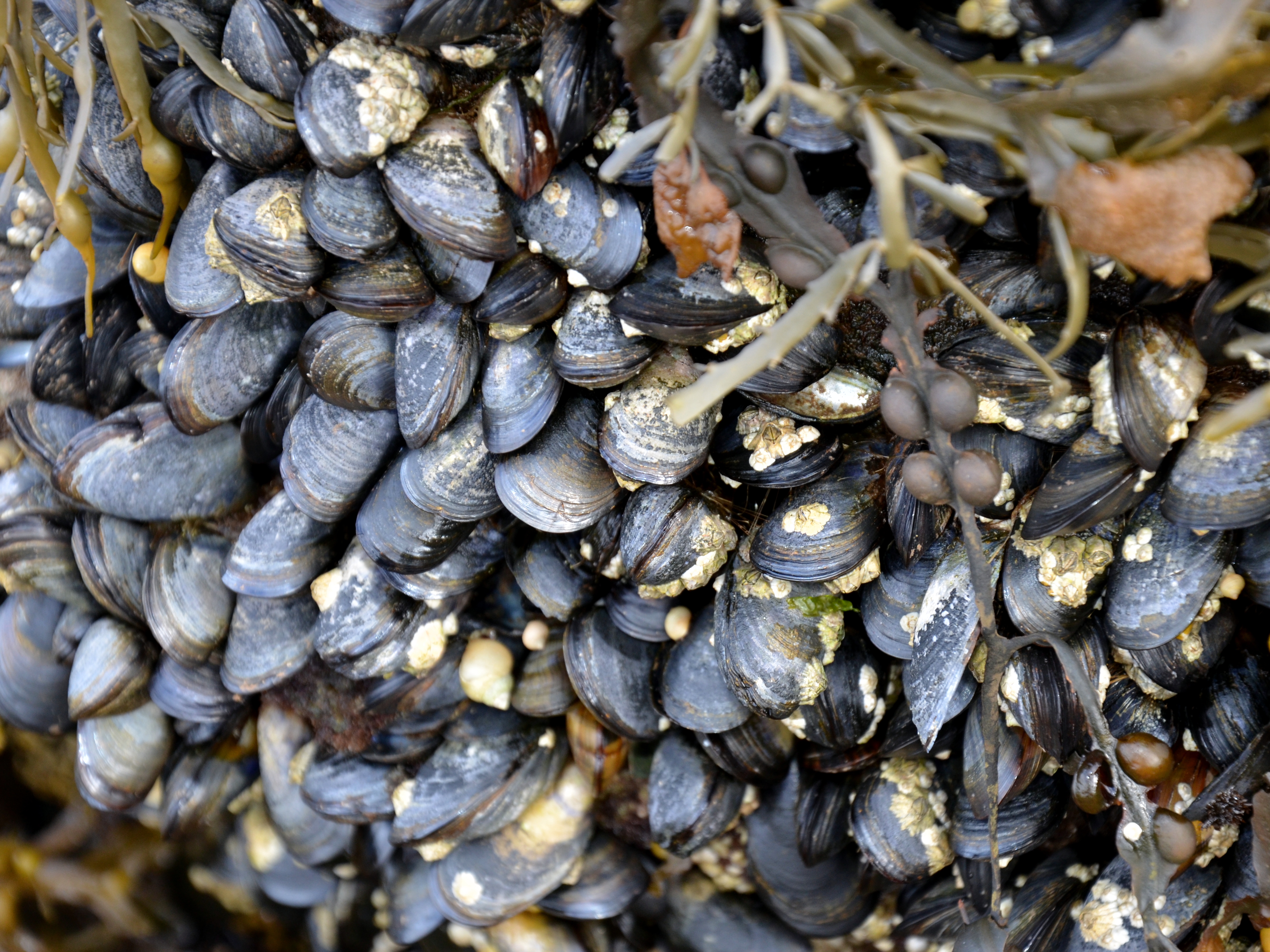
- Les fondations ont un « effet récif »
On observe régulièrement un affinage des sédiments et des densités (biomasse) et une diversité (richesse des espèces) plus élevées des communautés du fond marin (par exemple, vers, mollusques, crustacés et étoiles de mer) à proximité des éoliennes. Des espèces associées aux substrats durs apparaissent également et augmentent en abondance dans les sédiments mous environnants. Avec le temps, l’effet de récif d’une seule turbine peut s’étendre jusqu’au niveau des parcs éoliens.
- Les effets des parcs éoliens peuvent varier considérablement d’une espèce à l’autre au sein d’un même groupe d’espèces
La surveillance a montré que le fou de Bassan, le guillemot de Troïl et le pingouin torda évitaient la zone du parc éolien. En revanche, le grand cormoran, le goéland argenté et le goéland marin sont attirés par les parcs éoliens. Outre les oiseaux, il est également clair que des différences d’attraction existent entre des espèces d’invertébrés et de poissons.

- L’impact sonore direct de l’installation des turbines est de courte durée
Les hauts niveaux sonores impulsifs produits lors de la construction de parcs éoliens offshore (battage des pieux) entraînent le déplacement et la perturbation des marsouins communs, le cétacé le plus commun dans le sud de la mer du Nord. Pendant le battage des pieux, les détections diminuent dans une zone allant jusqu’à 20 km autour des sites de construction, mais ce n’est plus le cas une fois que les éoliennes ont été installées.
- De nouveaux habitats attirent des visiteurs inattendus
Certaines espèces qui n’étaient que rarement observées dans la partie belge de la mer du Nord, se retrouvent maintenant plus régulièrement en association avec les parcs éoliens. Il s’agit notamment d’au moins quatre espèces de poissons qui vivent autour de la base des fondations, mais aussi d’un certain nombre d’invertébrés non indigènes qui se trouvent dans les zones proches de la surface de l’eau (zones intertidales et d’éclaboussement). Ces derniers habitats sont en grande partie nouveaux dans la partie offshore de la mer du Nord belge. Il a également été démontré que les parcs éoliens offshore sont visités par les pipistrelles de Nathusius en migration.
- La pêche n’est pas affectée par la présence des parcs éoliens offshore belges
L’exclusion de la pêche des parcs éoliens offshore belges, probablement en combinaison avec une disponibilité accrue de nourriture à proximité des turbines, entraîne un effet de refuge pour certaines espèces de poissons. Une analyse de l’activité et de l’efficacité de la pêche a montré que la pêche n’avait que subtilement changé au fil des ans, et que les pêcheurs se sont adaptés à la nouvelle situation en augmentant leur effort de pêche aux abords des parcs éoliens. Les taux de capture de la sole sont restés comparables à ceux de la zone plus large, les taux de capture de la plie ont été encore plus élevés autour de certains parcs éoliens.
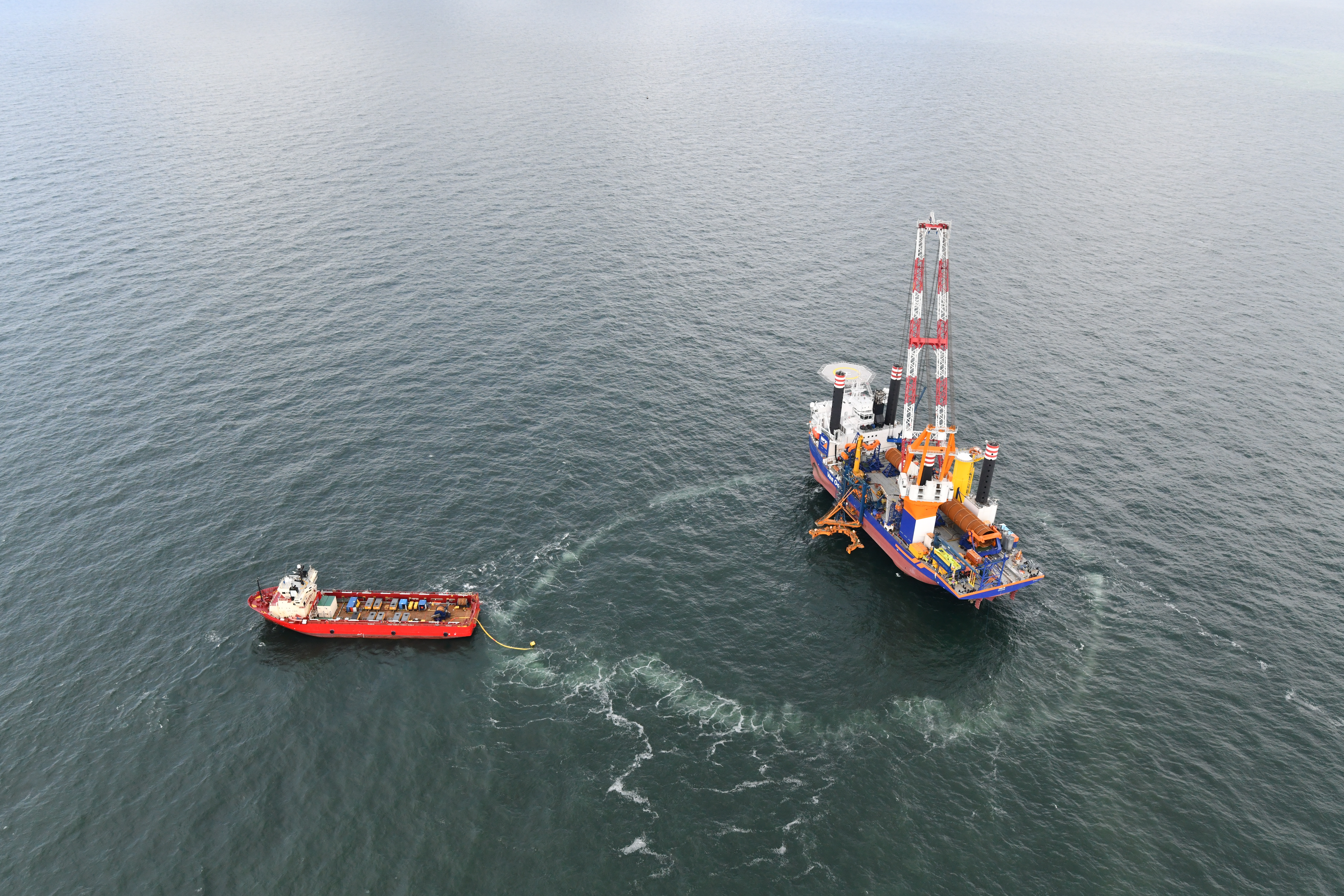
Mesures d’atténuation et recherches futures
« Le modèle de coopération actuel, dans lequel l’industrie éolienne offshore et les scientifiques documentent l’impact des phases de construction et d’exploitation, nous permet également de concevoir, tester et améliorer les mesures d’atténuation pour gérer directement les effets indésirables sur l’écosystème marin », explique M. Degraer. Une sélection de techniques d’atténuation des impacts est également présentée dans les rapports de WinMon.BE. Un exemple évident est l’atténuation du bruit, par example au moyen de rideaux à grosses bulles ou de de dispositifs de dissuasion acoustique, qui atténuent l’impact des sons impulsifs sur les mammifères marins et potentiellement aussi sur d’autres organismes marins. Mais les solutions d’atténuation ne doivent pas nécessairement être de haute technologie, par exemple la réduction de l’activité des turbines lorsque la migration des oiseaux ou l’activité des chauves-souris est élevée, peut réduire le risque de collision. Les parcs éoliens offshore, d’autre part, offrent également de grandes possibilités de renforcer les effets positifs, tels que l’effet récifal qui attire les poissons et accroît la biodiversité. Ces connaissances peuvent être utilisées pour prendre des mesures visant à promouvoir davantage la biodiversité dans les parcs éoliens.
Bien que notre compréhension des effets des éoliennes sur l’environnement marin et ses habitants ait considérablement progressé au cours des dix dernières années, il reste encore beaucoup à faire pour la recherche future. La modélisation des risques de collision entre les oiseaux et les chauves-souris et la surveillance de l’impact du bruit sous-marin continu généré par les turbines en fonctionnement sont des exemples de domaines que nous avons commencé à explorer mais dont nous ne pouvons pas encore rendre compte. Les effets à long terme sur les populations de poissons et la manière dont les changements de comportement observés affectent la condition, le succès de la reproduction et la survie des animaux ne sont pas non plus encore connus. En outre, il est également important d’étendre les séries chronologiques de tous les variables que nous avons surveillés pour voir si les modèles que nous avons observés jusqu’à présent se perpétuent.
Le programme de surveillance WinMon.BE est une coopération entre l’Institut royal des Sciences naturelles de Belgique (IRSNB), l’Institut de recherche Nature et Forêt (INBO), l’Institut de recherche pour l’agriculture, la pêche et l’alimentation (ILVO) et le Groupe de recherche en biologie marine de l’Université de Gand. Il est coordonné par l’équipe «Marine Ecology and Management (MARECO) » de l’Institut royal des Sciences naturelles de Belgique.
La Journée mondiale du vent (Global Wind Day) est un événement mondial qui a lieu chaque année le 15 juin. C’est une journée de découverte de l’énergie éolienne, de sa puissance et des possibilités qu’elle offre pour remodeler nos systèmes énergétiques, décarboniser nos économies et stimuler l’emploi et la croissance.

